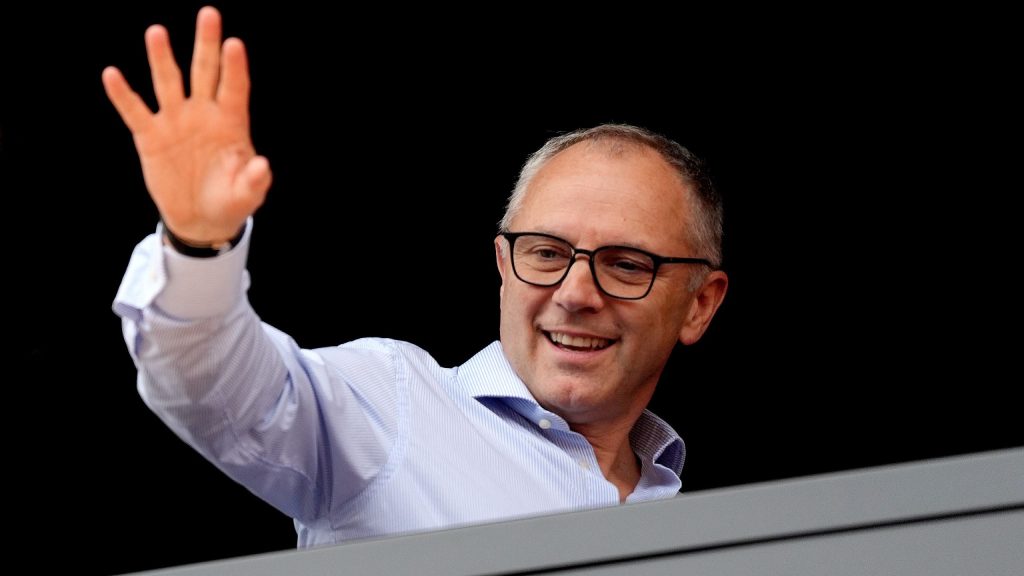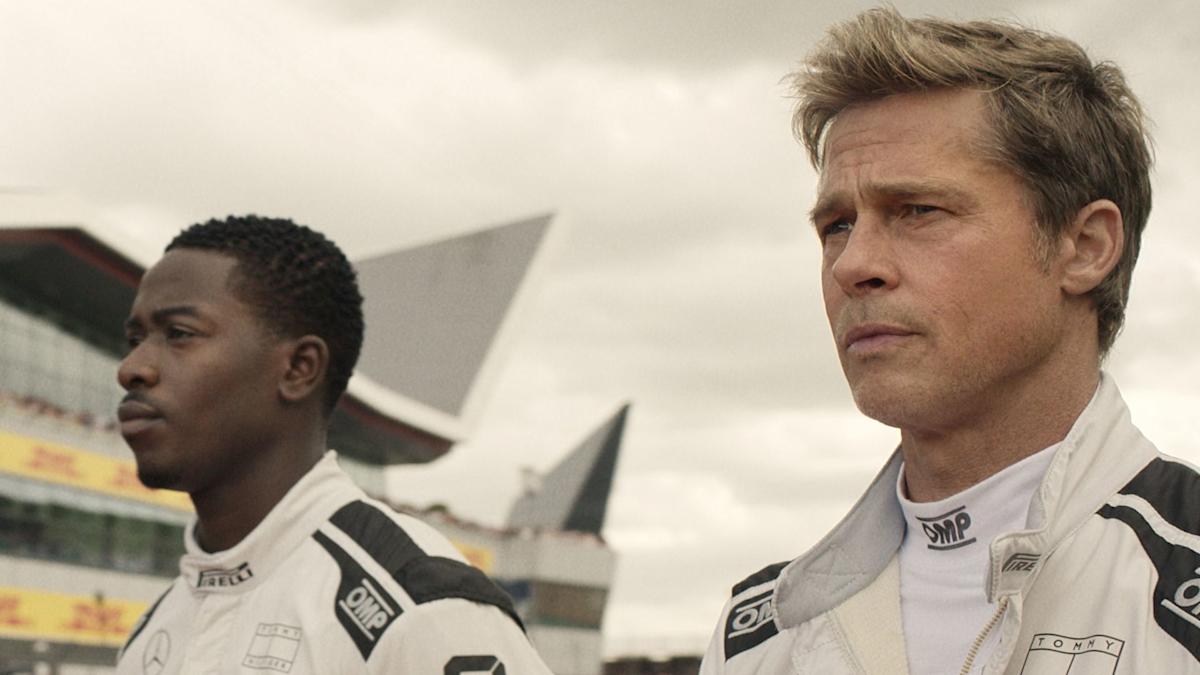The whispers echoing through the Silverstone paddock are more than just idle chatter; they hint at a seismic shift in the Formula 1 landscape. All eyes are firmly fixed on Mercedes as speculation intensifies around a blockbuster deal for Max Verstappen to join the Silver Arrows for the 2026 season. This prospective move, if it materializes, isn’t merely a high-profile transfer; it promises a profound ripple effect across the venerable team’s meticulously crafted driver lineup, placing the futures of both current stalwart George Russell and burgeoning junior talent Andrea Kimi Antonelli under an intense spotlight.
The allure of Max Verstappen is undeniable for any team aiming for championship glory. His prodigious talent, relentless pursuit of victory, and undeniable market appeal make him a prime target, especially for a team like Mercedes, eager to reassert its dominance in the post-Lewis Hamilton era. Securing a driver of Verstappen’s caliber would undoubtedly serve as a formidable statement of intent, promising an on-track force that could challenge for titles and a marketing dream that would captivate global audiences. Yet, this strategic pursuit comes with its own set of complex challenges, particularly concerning team dynamics and existing commitments.
For George Russell, a potential Verstappen arrival presents a significant crossroads in his promising Formula 1 career. Having meticulously stepped into the shoes of a seven-time world champion and consistently proven his mettle against the sport’s elite, Russell has established himself as a future champion in his own right. The prospect of partnering with Verstappen, arguably the sport’s current most dominant force, would offer an unparalleled competitive benchmark but also introduce an internal dynamic demanding utmost resilience and adaptability. Mercedes would face the delicate task of managing two alpha drivers, ensuring both are given the optimal environment to thrive without compromising team cohesion.
Equally precarious is the position of Andrea Kimi Antonelli, Mercedes’ highly touted junior driver, whose rapid ascent through the ranks has earmarked him as a future star. For years, the young Italian has been meticulously groomed for a Formula 1 seat with the Silver Arrows, with many expecting his debut within the next couple of seasons. A Verstappen coup, however, could dramatically alter this carefully planned trajectory, potentially delaying Antonelli’s graduation or even necessitating a loan spell at another team to gain vital experience, thereby testing Mercedes’ long-term commitment to its acclaimed driver development program.
This intricate scenario leaves Mercedes Team Principal Toto Wolff facing a strategic dilemma of monumental proportions. Balancing the immediate, undeniable competitive advantage that Max Verstappen would bring with the long-term investment in talents like George Russell and Andrea Kimi Antonelli requires a masterful touch. Wolff must navigate contractual intricacies, weigh championship aspirations against the stability of his driver lineup, and make decisions that resonate far beyond the immediate season, profoundly impacting the team’s legacy and competitive standing for years to come.
Beyond Mercedes’ internal machinations, a move of this magnitude would inevitably send shockwaves throughout the entire Formula 1 paddock. The driver market, already a complex web of contracts and negotiations, would be thrown into disarray. A Verstappen departure from Red Bull could trigger a domino effect, opening up a highly coveted seat and prompting a reshuffle across several teams. This grand chess game involving high-profile drivers and team principals highlights the profound interconnectedness of the sport’s elite and the pervasive impact of a single, high-stakes decision.
Historically, high-profile driver changes within top Formula 1 teams have often been fraught with challenges, from managing internal competition to maintaining team cohesion. The potential arrival of Max Verstappen at Mercedes harks back to an era of formidable driver pairings, where the battle within the garage was as intense as on the track. As the Formula 1 circuit arrives at Silverstone, the discussions extend beyond immediate race strategies to the long-term vision of one of the sport’s most iconic teams, illustrating the profound impact a single driver decision can have on an entire racing dynasty and the broader competitive landscape of Formula 1.
Discover more from The Time News
Subscribe to get the latest posts sent to your email.





